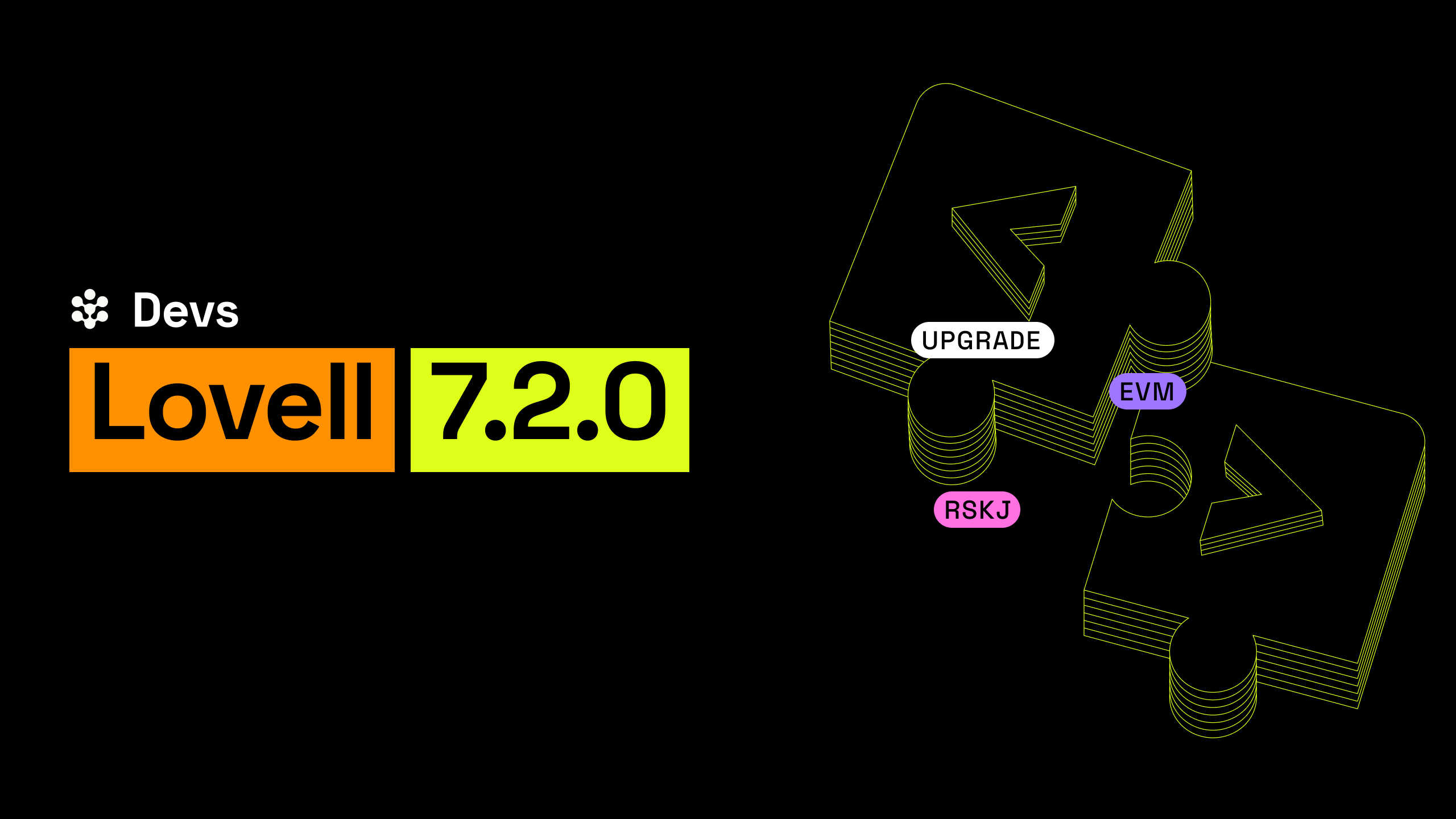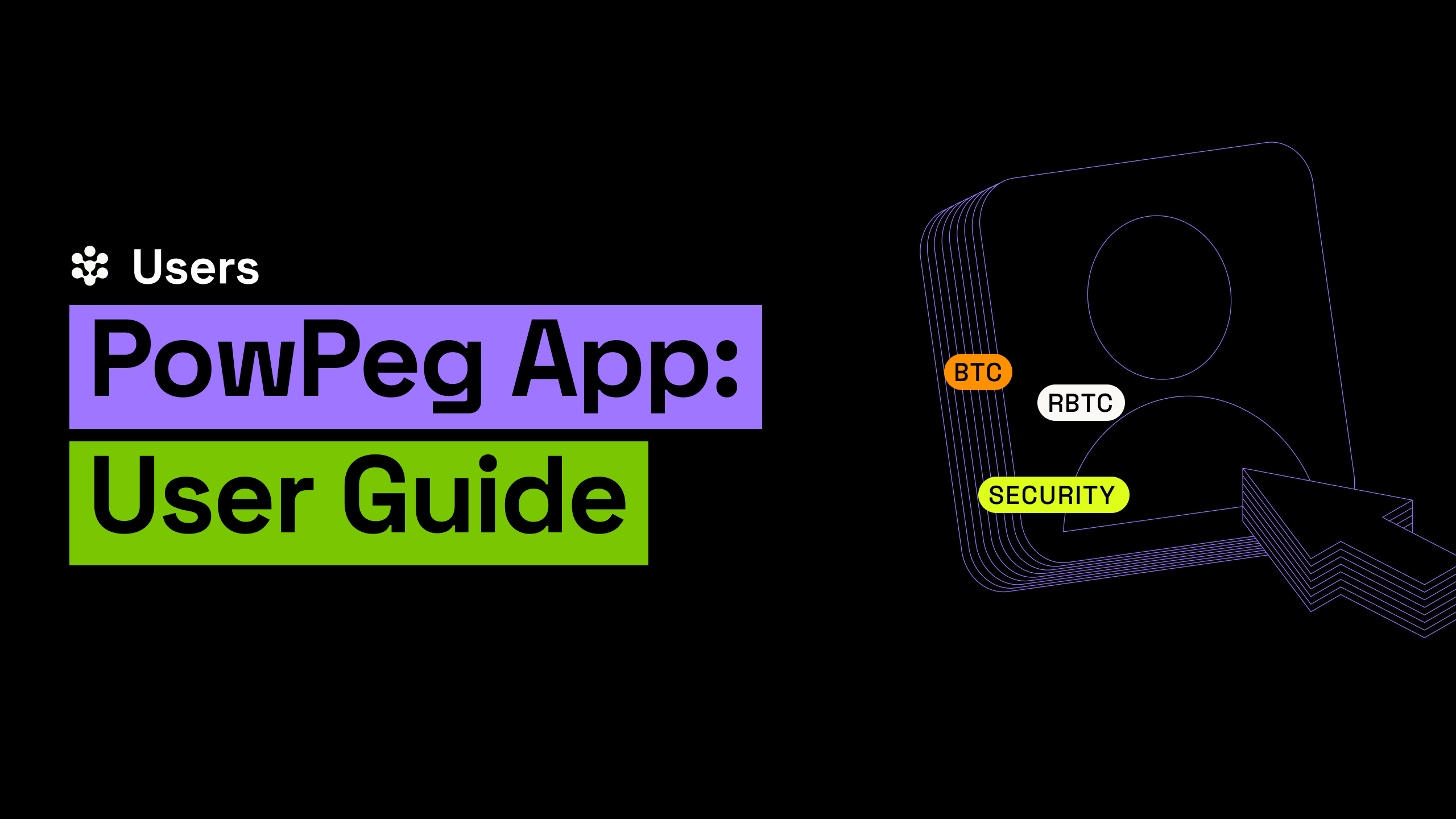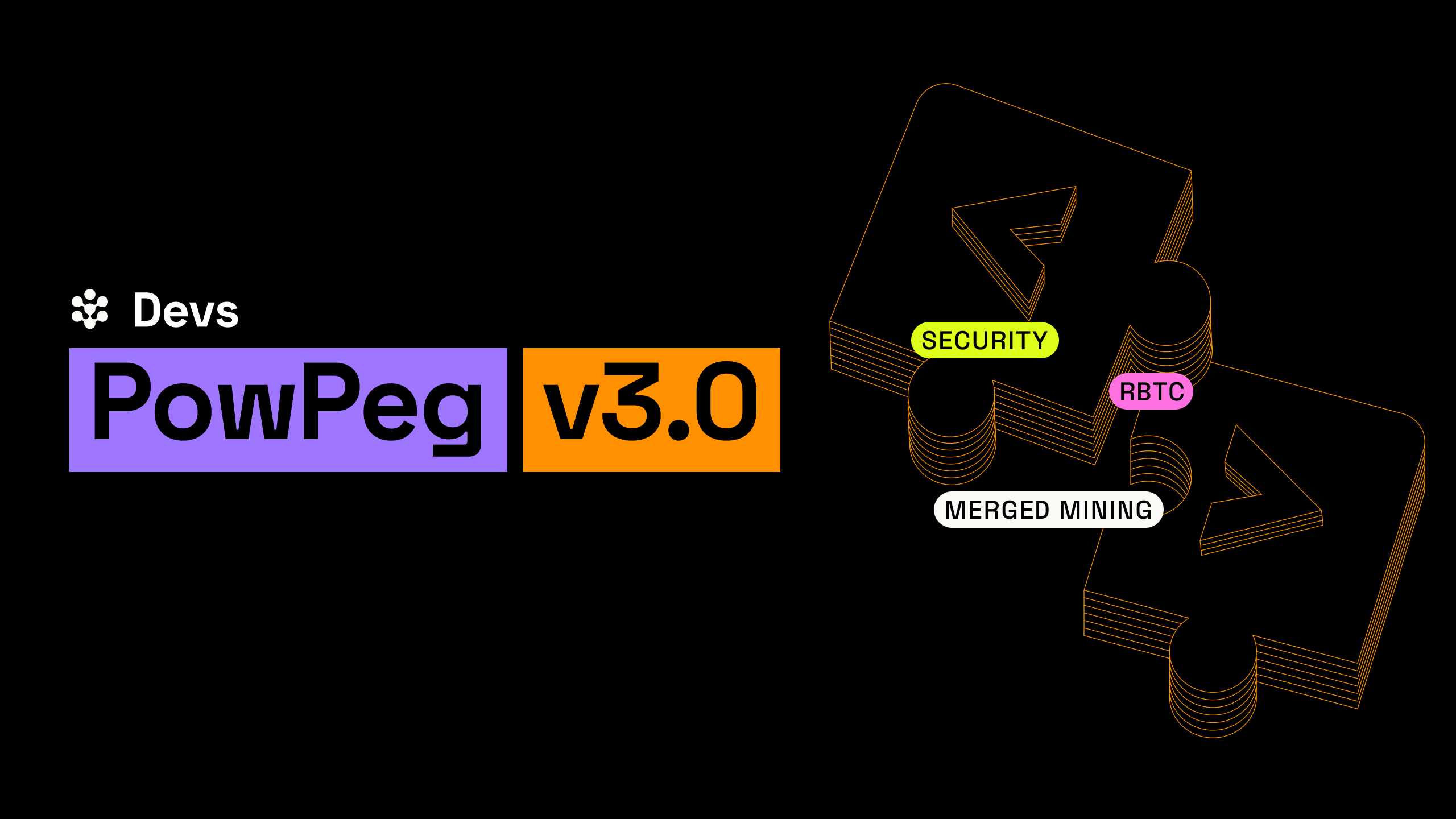On this post, we will briefly analyze what is bitcoin mining, the role of mining pools under a POW protocol and how RSK´s merged mining provides bitcoin miners with the option to further monetize their hardware resources without additional investment on their side.
The Actors of Bitcoin´s Ecosystem
On Bitcoin´s network, there are four main actors:
1 – Users
2 – Developers
3 – Fully & Lighweight Nodes
4 – Mining Pools (Miners)
Mining pools provide the computational power to solve a series of complex cryptographic problems. Mining pools are on a 24-7-365 competition to do so, as they have direct economic incentives to find a solution to the last outstanding problem, and when they do, they rush to show the solution to the rest of the network so it can be accepted before a competing one. The incentive is the block rewards, which is composed by the block subsidy (currently at 6.25 BTC) and the transaction fees that network users’ pay. Each time a block is presented to the FVNs, all the rules within Bitcoin’s ecosystem have to be checked. FVN’s are basically the referees that vouch for the integrity of the network, as nodes don’t trust on each other.
What is Proof of Work?
As described on the Wikipedia, proof of work is a consensus mechanism that deters DoS and spam among other vectors of attack. That’s why proof of work is called the Sybil resistance mechanism of Nakamoto consensus. One of the most important features of this mechanism is the asymmetry that it entails on the requester side versus the service provider. Extrapolating to Bitcoin’s network, this asymmetry is clearly expressed by comparing the cost of attacking the network against the cost of running a fully validating node. Keeping down the cost of running a FVN (fully validating node) is a key element for a decentralized public network like Bitcoin as it prevents centralization.
What is Merged Mining?
RSK has an interesting additional monetization incentive for mining pools through a concept known as merged mining. Merged mining allows Bitcoin miners to further monetize their hardware resources and operational costs without any extra costs.
RSK is the most profitable Bitcoin Merged Mined platform in terms of rewards paid to miners. Rewards are paid in Bitcoin and come from the transaction fees of the network.
Miners earn ~80% of the fees for every competing block submitted to the network. There is no need for new or better mining hardware. The same mining infrastructure miners use for Bitcoin, can be simultaneously used to mine on RSK. On this sense, RSK boosts the Bitcoin network through the execution of more complex transactions that can be paid using Bitcoin.
In order to get started with merged mining on Bitcoin, we invite you to visit our implementation guide and our dedicated section for further information.


